Getting Along
Last spring I wrote about becoming CANSCAIP’s 22nd president. One of the many aspects of the role I’m enjoying is that of sharing thoughts in a “From the President’s Desk” column in our quarterly newsletter.
Here — because not only authors and illustrators of children’s books are faced with the need and desire to “get along” — is an excerpt (minus an intro paragraph) from the column that appears in the Fall 2025 issue of CANSCAIP News. (Members and Friends of CANSCAIP can access online past issues going all the way back to December 1978!)
“Getting along” can refer to how we interact with others, as in “Do you and your sibling — or your cat and dog — get along?” It can also refer to how we are progressing with a project, as in “How are you getting along with the illustrations on your new picture book?”
Not long ago, a member of the large extended family I spend time with each summer introduced me to what he knew about Manito Aki Inakonigaawin — the Great Earth Law that has, since the beginning of time, guided the Anishinaabe in Treaty #3 Territory (where our cottage is located) in caring for the land and all who inhabit it. Within a toolkit that outlines how Manito Aki Inakonigaawin can be implemented are four guidelines for their discussions with governments and corporations around land use.
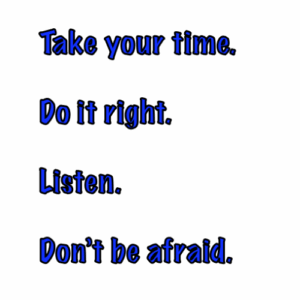
Although as writers and illustrators we are often working alone, I believe these instructions can help guide us through many professional situations in which we’re trying to “get along” with others — when we’re:
- offering or getting feedback from fellow workshop participants or writing group members;
- negotiating contracts
- discussing suggestions from an editor or art director
- making decisions in CANSCAIP board and committee meetings.
How do those guidelines apply in these contexts?
Take your time. Not every decision, or even every discussion, has to happen right away, or all at once. Sometimes it’s more productive to step back for a bit, and come back to a question or issue later, especially if it’s contentious.
Do it right. Not rushing is part of doing it right. So is practising the skills we learned in Kindergarten, if not before: be polite, share, take turns, say please and thank you.
Listen. Instead of coming to a conversation with an intention to get certain points across, try approaching it from a place of curiosity, a sense of being on a discovery mission — of “let’s explore this together, respectfully.” (Ian Williams has lots of wise things to say about this in his book What I Mean to Say: Remaking Conversation in Our Time.)
Don’t be afraid. Trust that together you will find a way to come to an agreement. This is most likely to happen when everyone follows the first three.
I try to follow these principles. Those who know me know I don’t always succeed. It takes practice and I will continue to try.
If we were sitting together, I could ask you, with curiosity, in a spirit of discovery, if you think these guidelines apply to our “getting along” with our creative work, and if so, how. I could respond and we could explore our ideas together. Since a column is rather like a one-sided conversation, I’ll just offer my thoughts.
Take your time. Let ideas simmer on a back burner like a stew you’re not in a hurry for. Allow yourself time to find flavours and textures that will make what you’re creating a truly original and wonderful concoction. Scribble around the project for a while to help avoid getting too set in your mind on what it’s going to be.
Do it right. Give each project your all, even when what you’ll earn (if anything) may not be what your work is worth. Your potential readers deserve the best you’ve got and you’ll feel more pride in what you create if you resist the temptation to take shortcuts at any stage of executing your idea.
Listen. Listen to feedback on your work-in-progress when it comes from knowledgeable sources you trust. Listen to the characters whose story you’re telling, visually or with words. And listen to your gut. If something is niggling as a concern, it’s easy to tell yourself ‘it’s probably fine.’ But that niggling feeling that something is off, very often, I’ve learned time and again, turns out to be right.
Don’t be afraid. If an idea occurs to you in a genre or style you haven’t worked in before, go for it! It might not work out for you, or it might work amazingly well. If someone suggests a direction that feels wrong to you, stand up for what you believe is right for your work, and trust that taking your time and listening will land you (in the plural) in the best place for the project everyone involved wants to succeed, in the marketplace and in the hearts and minds of your readers. If you feel the eyes of book banners peering over your shoulder as you work, ignore them. Keep your focus on the kids you know need the book you’re working on.
I wish you good “getting along” — with others and with your current project!
To learn more about Manito Aki Inakonigaawin, visit https://gct3.ca/environmental/manito-aki-inakonigaawin/mai-history/.
Share this post:

Kathy Stinson is the author of the classic Red Is Best and the award-winning The Man with the Violin. Her wide range of titles includes picture books, non-fiction, young adult fiction, historical fiction, horror, biography, series books, and short stories. She has met with her readers in every province and territory of Canada, in the United States, Britain, Liberia, and Korea. She lives in a small town in Ontario.
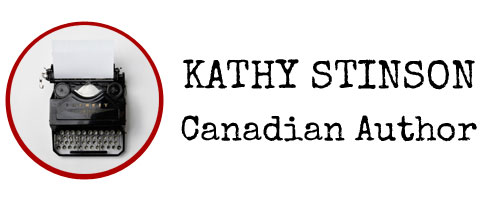

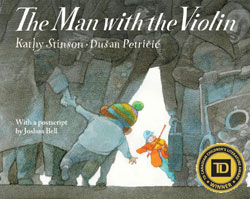
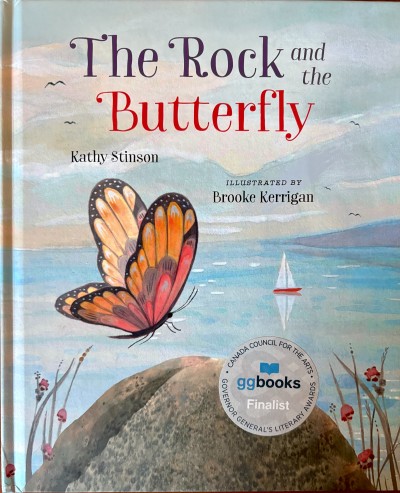
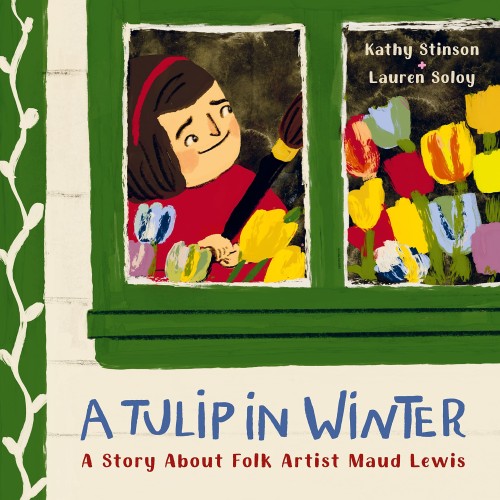
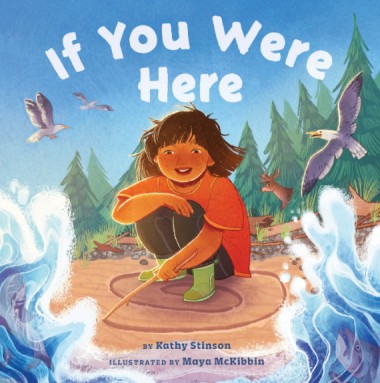
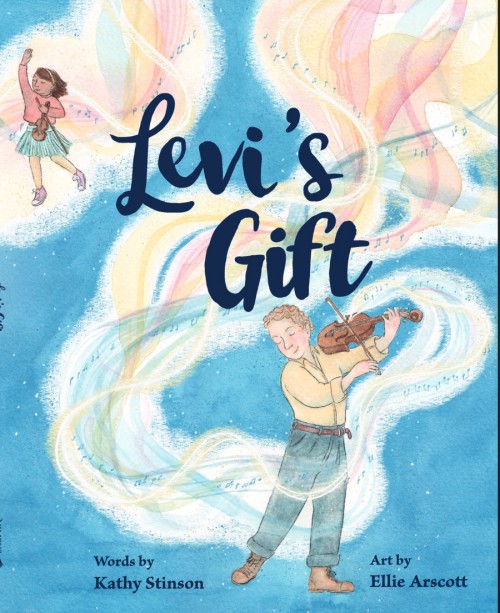
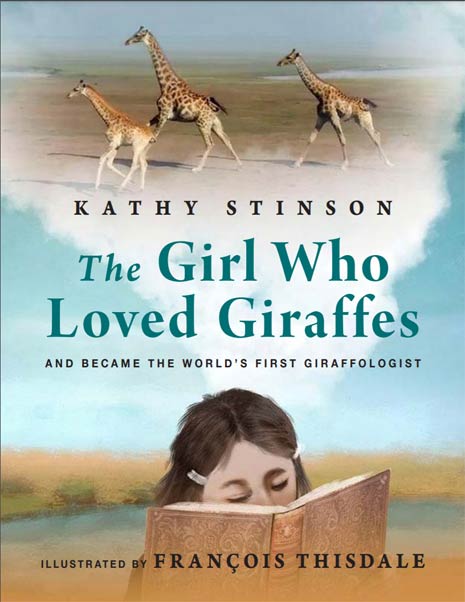
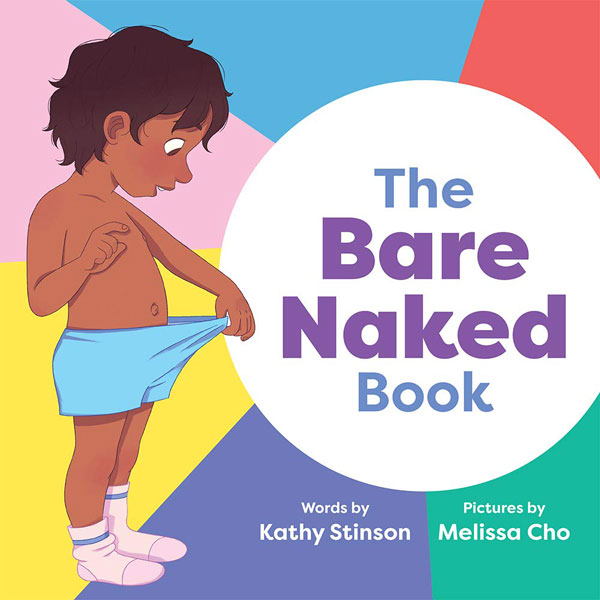
Everything you write, create and do is so key to our world of literature. I have been a fan forever.
Thank you, Wendy. You are altogether too good for my ego!
Wishing you a relaxed weekend.